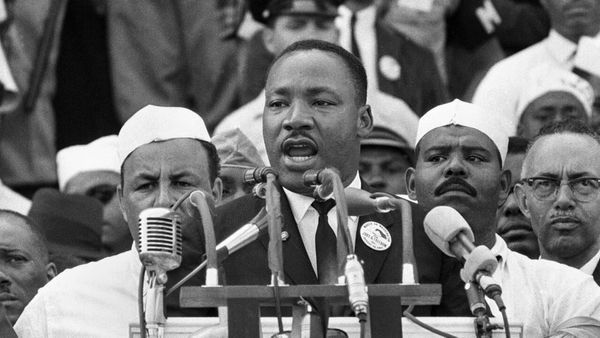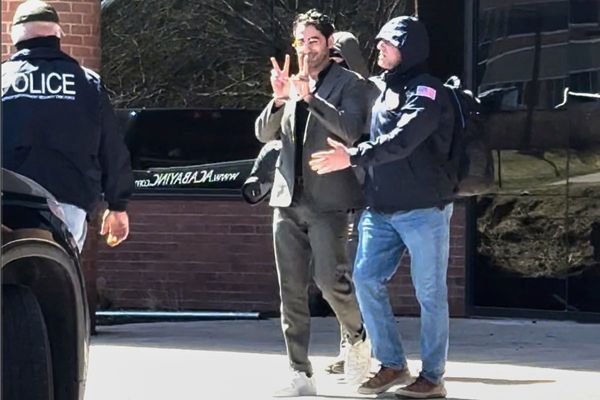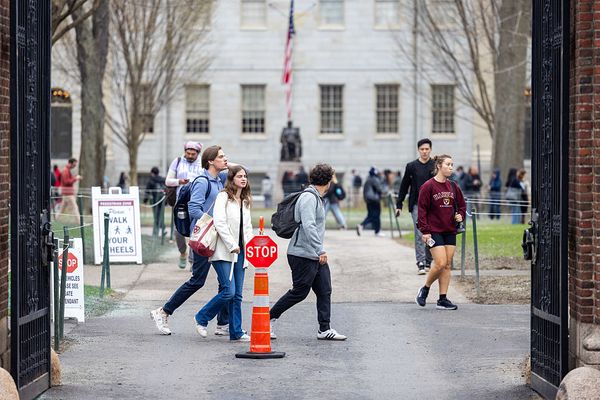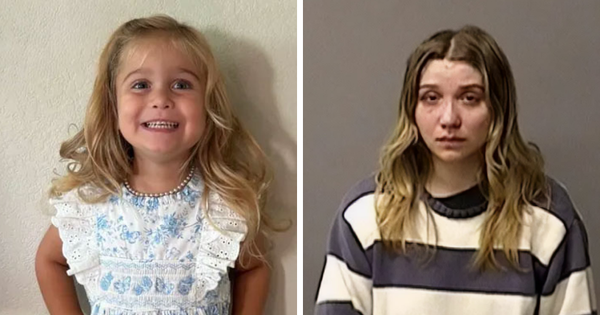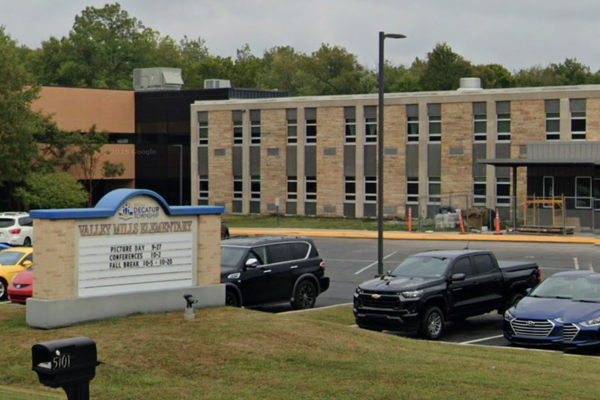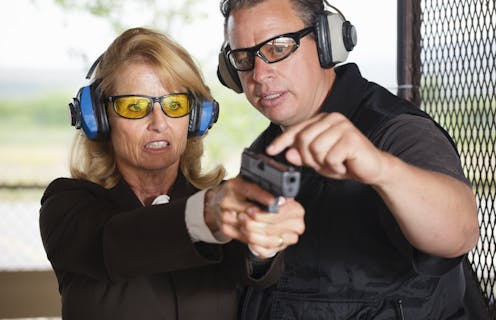
In the wake of the mass shooting at Robb Elementary School in Uvalde, Texas, some elected officials are making calls anew for teachers to be armed and trained to use firearms to protect the nation’s schools. To shine light on the matter, The Conversation reached out to Aimee Huff and Michelle Barnhart, two Oregon State University scholars who have studied the ins and outs of putting guns in the hands of the nation’s teachers as a way to protect students.
1. What does the public think about arming teachers?
According to a 2021 poll, 43% of Americans supported policies that allow school personnel to carry guns in schools.
But if you take a closer look, you see that most of that support comes from Republicans and gun-owners. For instance, 66% of Republican respondents expressed support for such policies, versus just 24% of Democratic respondents. And 63% of gun owners supported allowing school personnel to carry guns, versus just 33% of non-gun owners.
The majority of teachers, parents and students oppose allowing teachers to carry guns.
The largest teachers unions, including the National Education Association, also oppose arming teachers, arguing that bringing more guns into schools “makes schools more dangerous and does nothing to shield our students and educators from gun violence.”
These teachers unions advocate a preventive approach that includes more gun regulations.
While the public is justifiably concerned with eliminating school shootings, there is disagreement over the policies and actions that would be most effective. A 2021 study found that 70% of Americans supported the idea of armed school resource officers and law enforcement in schools, but only 41% supported the idea of training teachers to carry guns in schools.
In our research on how Americans think about the rights and responsibilities related to armed self-defense, we even find disagreement among conservative gun owners over how to best protect schoolchildren. Some advocate arming teachers, while other gun owners believe guns in schools ultimately make children less safe. These conservative opponents of arming teachers instead support fortifying the building’s design and features.
After the massacre in Uvalde, we are seeing renewed calls from politicians to arm teachers and provide them with specialized training.
However, amid conflicting reports about whether police officers engaged the Robb Elementary School shooter, there are renewed questions about whether armed teachers would make a difference. Police have acknowledged they didn’t enter the school even as kids frantically dialed 911.
Given that there were also armed officers present at the Columbine and Parkland school massacres in 1999 and 2018, respectively, the public is understandably right to wonder whether armed teachers can effectively neutralize a shooter. Amid reports that trained and experienced police officers may have been unable or unwilling to intervene against the Uvalde shooter, it’s not clear whether teachers would be, either.
2. What are the potential drawbacks of arming teachers?
Arming teachers introduces risks to students and staff, as well as school districts themselves. These include the risk of teachers accidentally shooting themselves or students and fellow staff. There are also moral and legal risks associated with improper or inaccurate defensive use of a firearm - even for teachers who have undertaken specialized firearms training.
One study found that highly trained police in gunfights hit their target only 18% of the time. Even if teachers, who would likely have less training, achieve the same accuracy, four or five of every six bullets fired by a teacher would hit something or someone other than the shooter. Further, a teacher responding with force to a shooter may be mistaken for the perpetrator by law enforcement or by armed colleagues.
Introducing guns to the school environment also poses everyday risks. Armed teachers may unintentionally discharge their firearm. For instance, an armed police officer accidentally discharged his weapon in his office at a school in Alexandria, Virginia in 2018. Guns can also fall into the wrong hands. Research on shootings that took place in hospital emergency rooms found that in 23% of the cases, the weapon used was a gun the perpetrator took from a hospital security guard.
Students could also access firearms that are improperly stored or mishandled. Improper storage is a common problem among American gun owners. In a school setting, this has resulted in students finding a teacher’s misplaced firearm, sometimes taking it or reporting it to another school official. News reports show that guns carried into schools have fallen out of teachers’ clothing, and have been left in bathrooms and locker rooms. There have also been reports of students stealing guns from teachers.
Insurance companies also see concealed guns on school grounds as creating a heightened liability risk.
Other drawbacks to arming teachers involve the learning environment. In particular, owing to structural racism and discriminatory school security policies, Black high school students are less supportive than white students of arming teachers – 16% versus 26% – and report feeling less safe if teachers are carrying firearms.
3. What are the arguments for arming teachers?
Proponents emphasize that teachers, as Americans, have a right to use firearms to defend themselves against violent crime, including a school shooter. Our research shows that some people interpret their right to armed self-defense as a moral obligation, and argue that teachers have both a right and a responsibility to use firearms to protect themselves and their students.
Parents who regularly carry handguns to protect themselves and their children may take comfort knowing that their child’s teacher could perform the role of protector at school.
In a school shooting, where lives can be saved or ended in a matter of seconds, some people may feel more secure believing a shooter would immediately meet armed resistance from a teacher without needing to wait for an armed school officer to respond.
4. Have any school districts allowed teachers to arm themselves?
Yes. Teachers may carry guns at school in districts in at least 19 states. The idea surfaced as a viable policy after the 1999 Columbine shooting, and gained momentum after the 2018 Parkland shooting.
The number of school districts that permit teachers to be armed is difficult to ascertain. Policies vary across states. New York bars school districts from allowing teachers to carry guns, while Missouri and Montana authorize teachers to carry firearms.
5. What were the results?
There are documented incidents of school staff using their firearm to neutralize a shooter. However, researchers have not found evidence that arming teachers increases school safety. Rather, arming teachers may contribute to a false sense of security for teachers, students and the community.
The authors do not work for, consult, own shares in or receive funding from any company or organization that would benefit from this article, and have disclosed no relevant affiliations beyond their academic appointment.
This article was originally published on The Conversation. Read the original article.

